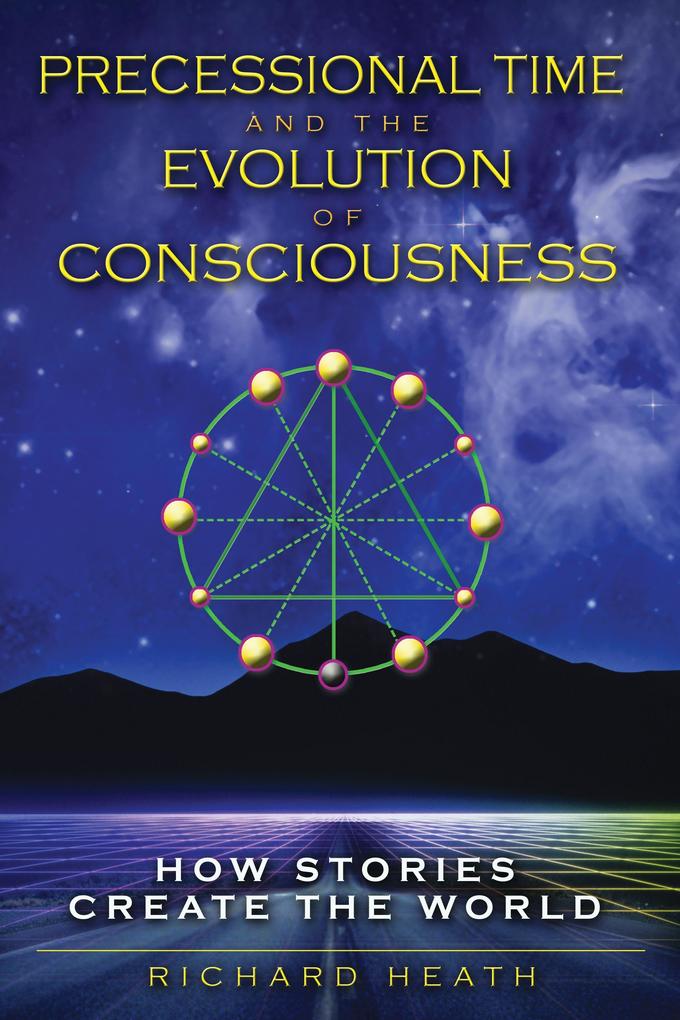NEW AGE / SPIRITUALITY "Richard Heath has harmonized the revelations of those great originals G. I. Gurdjieff, Alexander Thom, Ernest McClain, and the authors of Hamlet's Mill--the kind of synthesis one has long hoped for." --Joscelyn Godwin, author of Atlantis and the Cycles of Time "A vivid and inspiring narrative that reconnects us with our true origins and future potential." --Paul Broadhurst, coauthor of The Sun and the Serpent All of culture can be said to be made up of stories. In fact it is stories, more than language, tools, or intellect, that make us human. Our Neolithic and Megalithic ancestors recognized this and stored, within their mythic narratives, an understanding of how sky changes evoke changes in consciousness as human cultures progress through each Zodiacal Age of the precessional cycle. As we enter the Age of Aquarius, it is time to recognize the profound power of stories to give our world meaning. Exploring how ancient myths, megalithic structures, the formation of language, and even prehistoric cave art are narratives shaped by sacred proportion, Richard Heath explains that stories enable us to identify the inner spiritual aspects within our material world and to participate in the evolution of human consciousness. He reveals how the precessional myth of the hero's journey to steal fire from heaven describes a necessary search for new cultural modes that occurs at the end of an Age as the dominant culture begins to falter--and how the massive information bubble created by our modern world, while drowning us in meaningless narratives, also contains the components for an evolutionary shift in consciousness. Presenting key principles advanced by G. I. Gurdjieff and John Bennett to help us awaken to the continuing evolution of our consciousness, Heath shows how to access the spiritual intelligence and heightened creativity available during the galactic alignment of the current "twilight" between two precessional ages. RICHARD HEATH is a web developer with degrees in systems science and computer-aided design. The author of Matrix of Creation: Sacred Geometry in the Realm of the Planets and Sacred Number and the Origins of Civilization, he lives in Dunkeld, Perthshire, Scotland.
Inhaltsverzeichnis
Acknowledgments
Introduction
Chapter 1
Language and the Consciousness within Stories
The Story of Life
End of Another Ice Age
The Values of Togetherness
The Structure of Stories
Languages for Telling Good Stories
Directly Viewing Precessional Time
Symbols of Precessional Myth
Intermezzo: The Galaxy Marks Time
Chapter 2
Measuring the Cosmos in Taurus
The Development of the Day-Inch
Studying the Lunar and Solar Years
The Meter and the Moon
The Effect of an Intelligible Cosmos
The Longer Cycles of the Moon
The Moon’s Relationship to Precession
Numerical Symbols of Cosmic Time
Intermezzo: A Moon That Created Earth
Chapter 3
God as Harmony in Aries
From Metrology to Music
The Journey into Harmonic Numbers
Climbing God’s Mountain
The Harmonic Limit for Precession
The Advent of a Single God
An Equal-Tempered Zodiac
The Impact on History
Chapter 4
Crisis of the Mind Machine in Pisces
Technology and the Sorcerer’s Apprentice
The Man of Many Media
The Emerging Science of Storytelling
Chapter 5
Gurdjieff’s Law of Seven
The Russian Version
A Harmonic Cosmology
The Lateral Octave of Life
A Revised Law of Seven
The Moon Changed the Law
The Problem of Objective Evil
A Tone-Mandala for Heptaparaparshinokh
Intermezzo: Gurdjieff as Avatar
Chapter 6
Multiculturalism and the End of Traditional
Knowledge
Gurdjieff, the Cultural Doctor
The Subjective Effort of Learning
The Original Impulse
Making Something Our Own
Going Beyond Ourselves
Megalithic Origins of Gurdjieff ’s Laws
A New Type of Intelligence
Intermezzo: The Precessional Dance of Sun and Moon
Chapter 7
Precession as an Engine of Cultural Change
The Life of Impressions
Man Cannot Do without Innovation
The Arising of Form
Evolution from Below
Transforming Energies through Tasks
A Worldview for Precession
The Science of Structural Work
Epilogue: The Genius of Creation
Notes
Bibliography
Index












